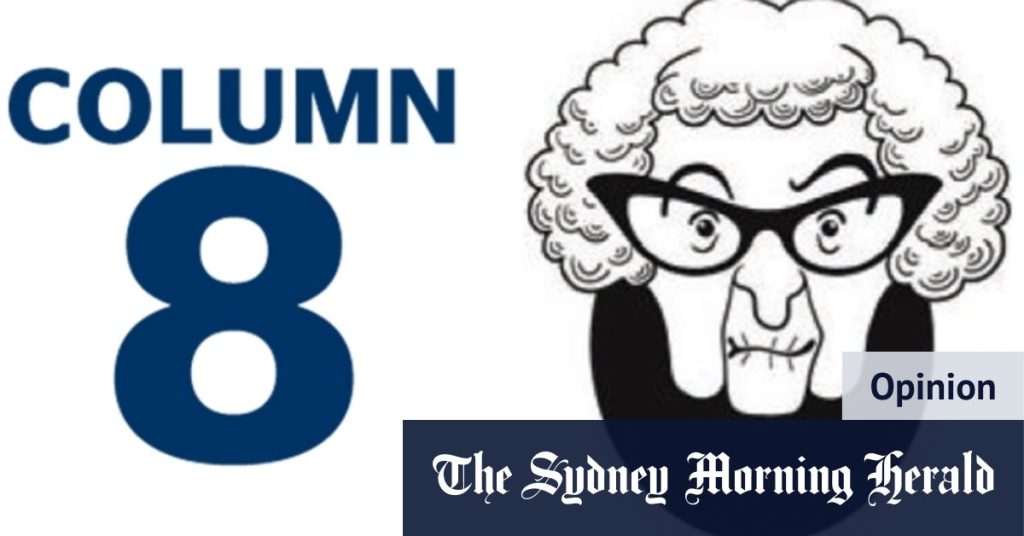Peter Riley of Penrith discovered a plaque commemorating the opening of the Sydney Harbour Access Lift by Melinda Pavey MP on October 17, 2018, near the southern end of the walkway across the Sydney Harbour Bridge. He questions the necessity of politicians putting their names on small projects like this elevator, pondering what other obscure locations in Sydney may have similar plaques. Julian Neylan of Dulwich Hill muses about songs that mention specific dates, citing examples like Bobbie Gentry’s “Ode to Billie Joe,” The Bee Gees’ “First of May,” and James Taylor’s “Sweet Baby James.” He wonders if there are more songs with similar references.
Usuff Omar of Normanhurst questions the renaming of Hottentot Crescent due to its racial slur while pointing out that there are numerous locations around Australia called “Chinaman’s Creek.” The discussion about signet rings and secret handshakes has led to feelings of exclusion, with Peter Bridgwood of Leichhardt suggesting complicity between Granny and Kerry Kyriacou. Maureen Smith of Avoca Beach emphasizes the importance of seeking knowledge rather than glory, indicating that Granny may have just wanted to leave her mark in indelible ink.
Dominic Hearne of Maroubra finds Meri Will’s discussion on church hymnody particularly interesting, noting that John Henry Newman’s hymn “Firmly I Believe and Truly” can be sung to The Seekers’ “The Carnival is Over” and St Thomas Aquinas’ “Tantum Ergo Sacramentum” to the tune of “Mack the Knife.” Suzanne Saunders of Wadeville reminisces about living in Bondi before the 2004 Tsunami, where she had to contend with the “blind mullets.” Readers are invited to contribute to the conversation by emailing Column8@smh.com.au with their name, suburb, and daytime phone number.
Overall, the discussions in the column touch on various topics such as the role of politicians in commemorating small projects, the significance of dates in songs, the renaming of locations with offensive names, the feelings of exclusion in certain conversations, and the connection between church hymns and popular music. The readers share their perspectives on these subjects, adding their own anecdotes and insights to the conversation. Whether it’s questioning the need for political recognition, reflecting on nostalgic memories, or exploring the intersection of music and religious tradition, the column sparks thought-provoking dialogues among its audience. By sharing their thoughts and experiences, the readers enrich the column with diverse perspectives and personal stories that contribute to its engaging and interactive nature.


